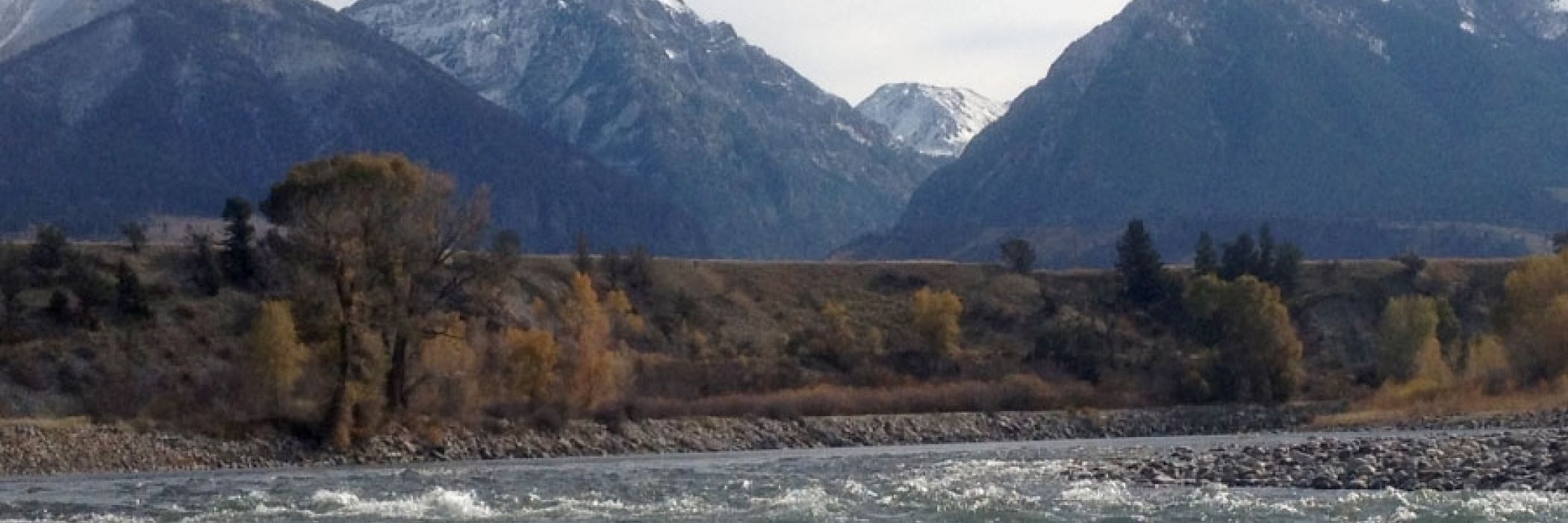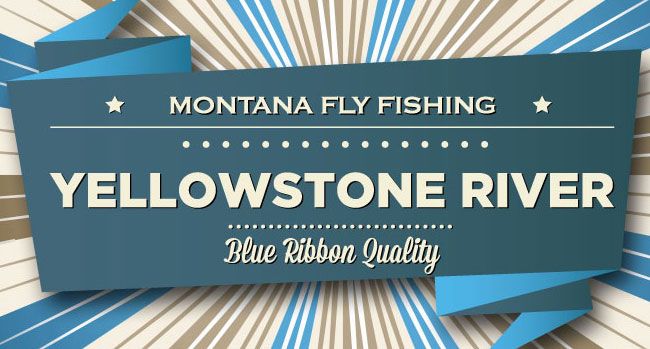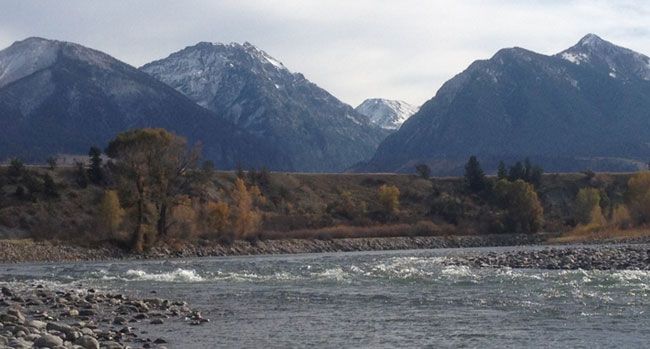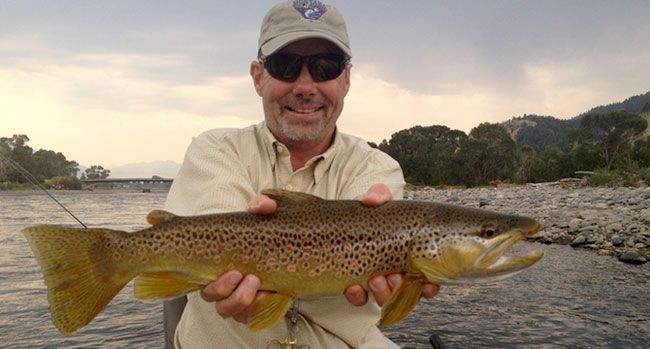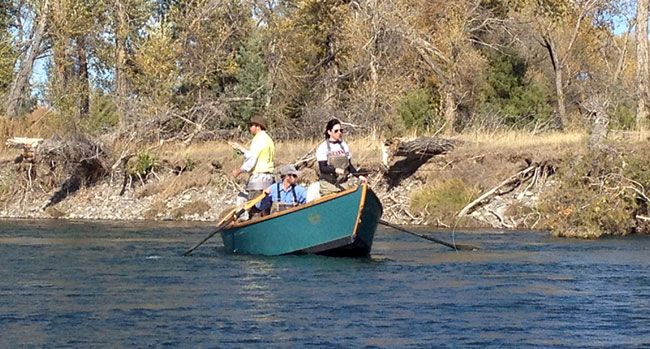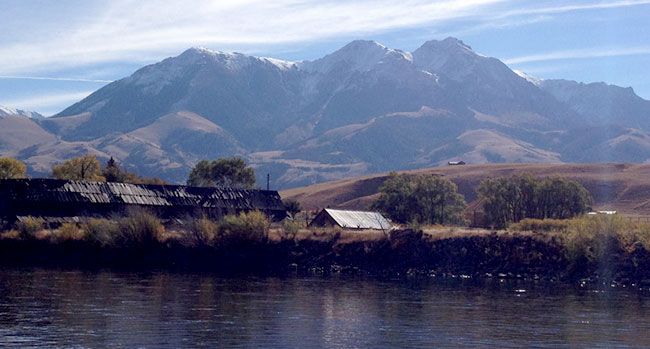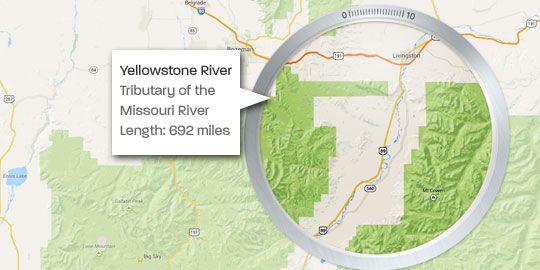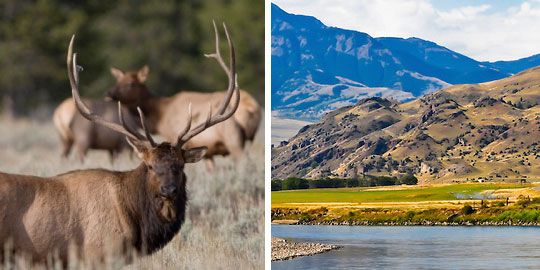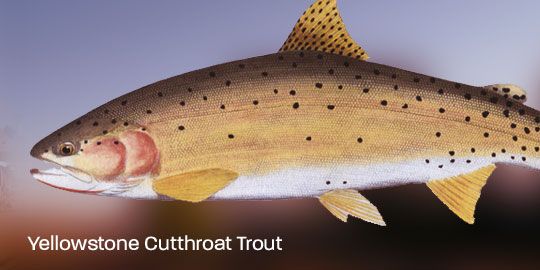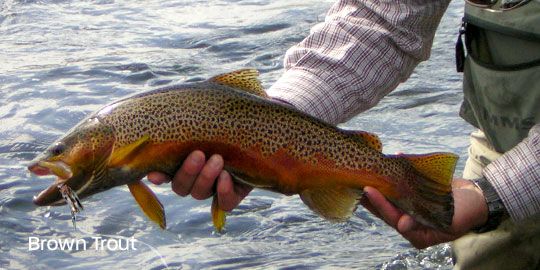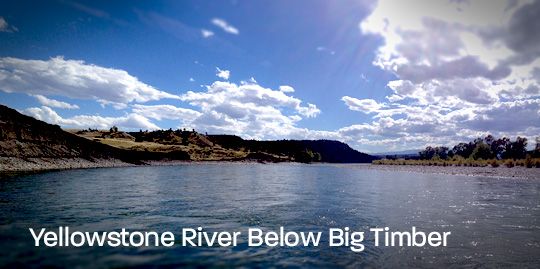Fly Fishing on the Yellowstone River
How do you fish the Yellowstone River?
Fly fishing on the Yellowstone River is a unique experience. We recommend using a 9-foot 5 or 6-weight fly rod for versatility, as it can handle various techniques. Popular methods include nymphing, dry fly fishing, and streamer fishing. The river offers a mix of pocket water, riffles, and deep pools, so adapt your approach based on the conditions and season. Because the Yellowstone flows through private land, using a drift boat is the most effective way to fly fish the Yellowstone River. This allows access to the river throughout the Paradise Valley and lower stretches.
What are the specific hatches of the Yellowstone River?
The Yellowstone River is a big, wide freestone river. It has many of the insect characteristics of other Montana freestone streams. You can find Salmonflies, Golden Stones, Nocturnal Stoneflies, Yellow Sallies many different Mayflies and Caddis flies throughout the season.
The trout also enjoy eating terrestials on the Yellowstone River. During the summer, big foam hoppers, ants and beetles are a delicacy for the trout. We often thow these patterns into the banks and around large natural stuctures where the trout are ready to pounce on them.
What is the Yellowstone River known for?
The Yellowstone River is known for several distinctive characteristics that make it a beloved destination for anglers and nature enthusiasts alike:
-
Scenic Beauty: Flowing through some of the most breathtaking landscapes in Montana, the Yellowstone River is renowned for its stunning scenery. From the rugged cliffs of Paradise Valley to the rolling hills near Big Timber, the river offers unparalleled views of the Rocky Mountains and the pristine wilderness that surrounds it.
-
Abundant Trout Populations: The Yellowstone River is home to healthy populations of various trout species, including rainbow trout, brown trout, Yellowstone cutthroat trout, and native mountain whitefish. Anglers flock to its waters year-round in pursuit of these prized gamefish, drawn by the challenge and excitement of hooking into a Yellowstone River trout.
-
Diverse Fly Fishing Opportunities: With its diverse habitats, ranging from riffles and runs to deep pools and undercut banks, the Yellowstone River provides anglers with a wide range of fly fishing opportunities. Whether you prefer to fish dry flies, nymphs, or streamers, there's something for every angler on the Yellowstone.
-
Drift Boat Adventures: Drifting down the Yellowstone River in a drift boat is a quintessential Montana experience. Guided drift boat trips offer anglers the chance to explore remote stretches of the river that are inaccessible by foot, providing an immersive and exhilarating angling adventure.
-
Seasonal Variability: The Yellowstone River offers excellent fishing opportunities year-round, with each season bringing its own unique charm. From the prolific hatches of spring and summer to the solitude of winter fishing, there's always something to look forward to on the Yellowstone.
Overall, the Yellowstone River is known for its scenic beauty, abundant trout populations, diverse fly fishing opportunities, thrilling drift boat adventures, and seasonal variability, making it a cherished destination for anglers and outdoor enthusiasts from around the world.
Is the Yellowstone River stocked?
No, the Yellowstone River is not stocked. Its exceptional fish populations are the result of natural reproduction and the river's excellent habitat. This means that you can enjoy an authentic and sustainable fly fishing experience in the Yellowstone River, with the opportunity to catch wild and native trout species including Yellowstone Cutthroat, rainbow and brown trout.
